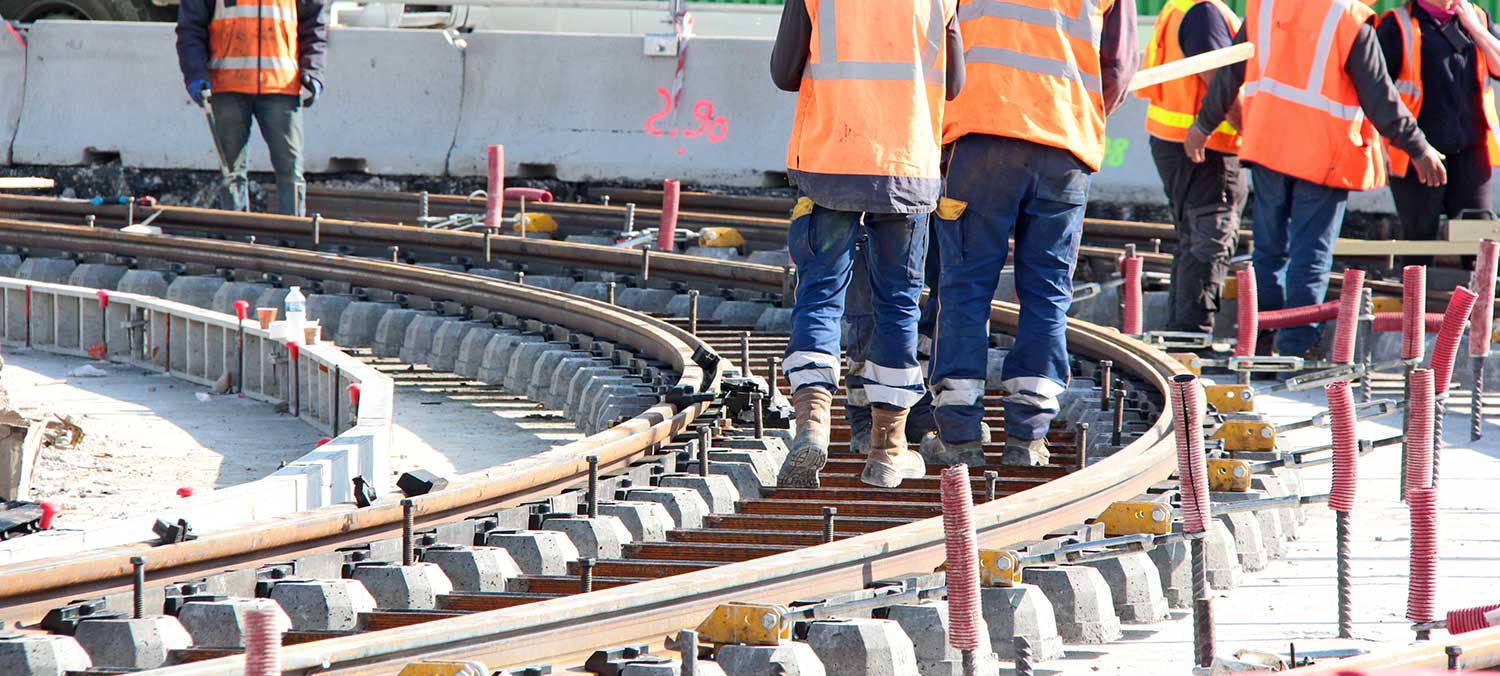Sustainability has become a key focus in modern railway systems. With growing environmental concerns and increasing demand for efficient transportation, ows rail offers solutions that not only enhance performance but also support eco-friendly infrastructure.
Environmentally Friendly Design of ows rail
Modern ows rail systems are engineered to minimize environmental impact throughout their lifecycle.
1. Use of Recyclable Materials
ows rail incorporates high-quality, recyclable steel, reducing waste and promoting sustainable resource use.
2. Long Lifespan Reduces Resource Consumption
Durable ows rail systems require fewer replacements, conserving materials and lowering the carbon footprint of track maintenance.
3. Energy-Efficient Operations
Smooth, precision-engineered ows rail reduces friction between trains and tracks, enabling lower fuel or electricity consumption for both freight and passenger trains.
Safety and Sustainability Go Hand in Hand
Sustainable railway infrastructure must also maintain safety standards, and ows rail achieves this balance.
1. Reduced Track Failures
ows rail minimizes rail deformation and misalignment, preventing derailments and accidents that could harm the environment.
2. Lower Maintenance Impact
With less frequent repairs required, ows rail decreases the use of heavy machinery and reduces emissions from maintenance activities.
Operational Benefits of Sustainable ows rail
Beyond environmental advantages, ows rail also enhances operational efficiency.
1. Reliable Freight and Passenger Transport
ows rail ensures consistent track performance, allowing freight and passenger trains to run on schedule with minimal delays.
2. Cost-Effective Maintenance
Durable ows rail reduces repair frequency, cutting operational costs while promoting sustainable practices.
3. Supports High-Speed and Heavy Freight Lines
Even under demanding conditions, ows rail maintains performance, enabling eco-efficient transport solutions without compromising safety.
Implementing ows rail for Future-Ready Networks
Railway operators adopting ows rail gain both environmental and operational advantages:
- Reduced Carbon Footprint: Less energy use and fewer material replacements.
- Enhanced Safety: Stable tracks prevent accidents that can lead to environmental hazards.
- Long-Term Cost Savings: Reduced maintenance and repair costs make sustainable operations economically viable.
Conclusion
ows rail is a vital component for sustainable railway infrastructure. Its combination of durability, safety, and eco-friendly design supports efficient, reliable, and environmentally responsible rail networks. By implementing ows rail, operators can achieve long-lasting performance, minimize environmental impact, and ensure their railway systems are prepared for the future. Sustainable operations and operational excellence go hand in hand with ows rail, making it an essential investment for modern railway networks.
